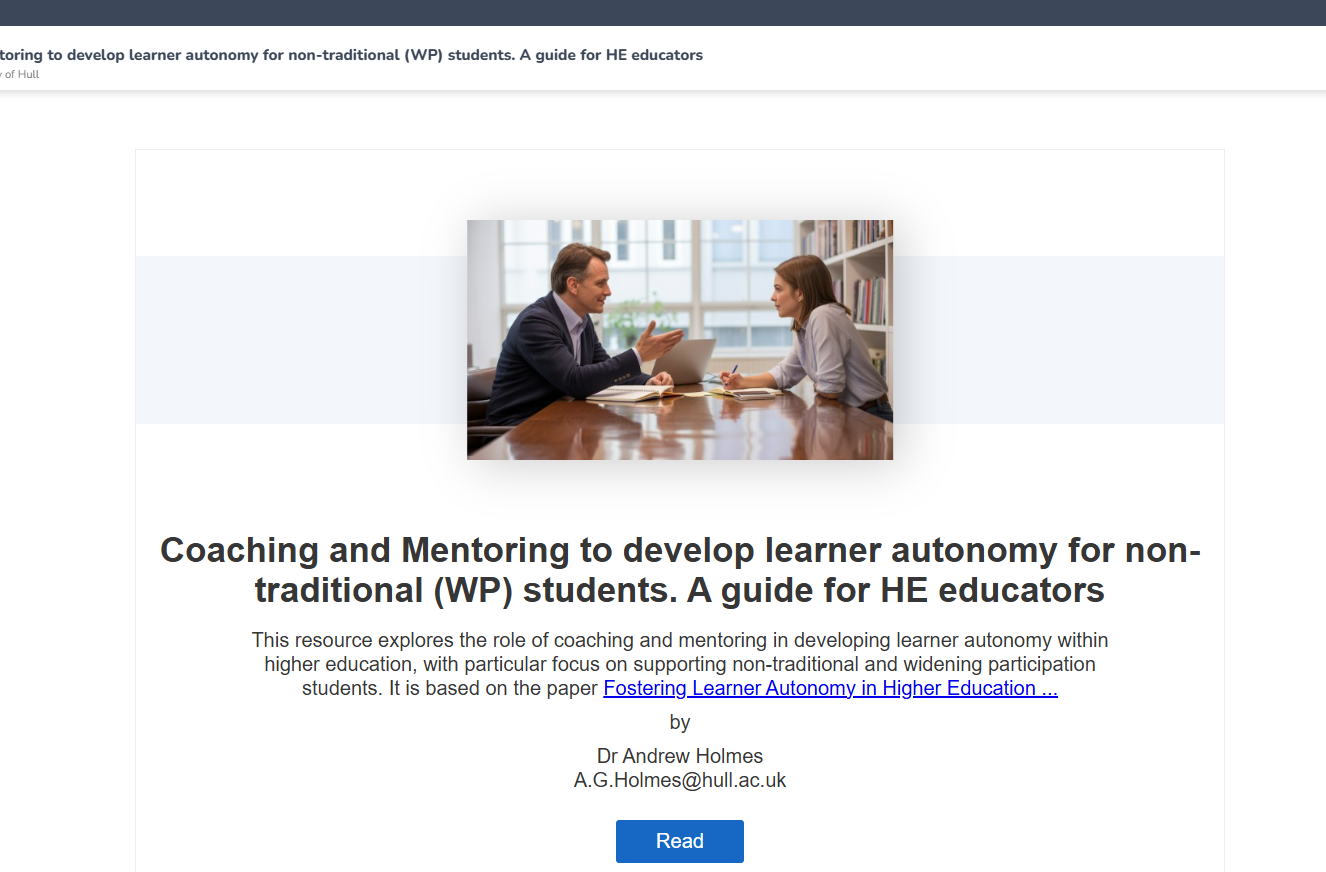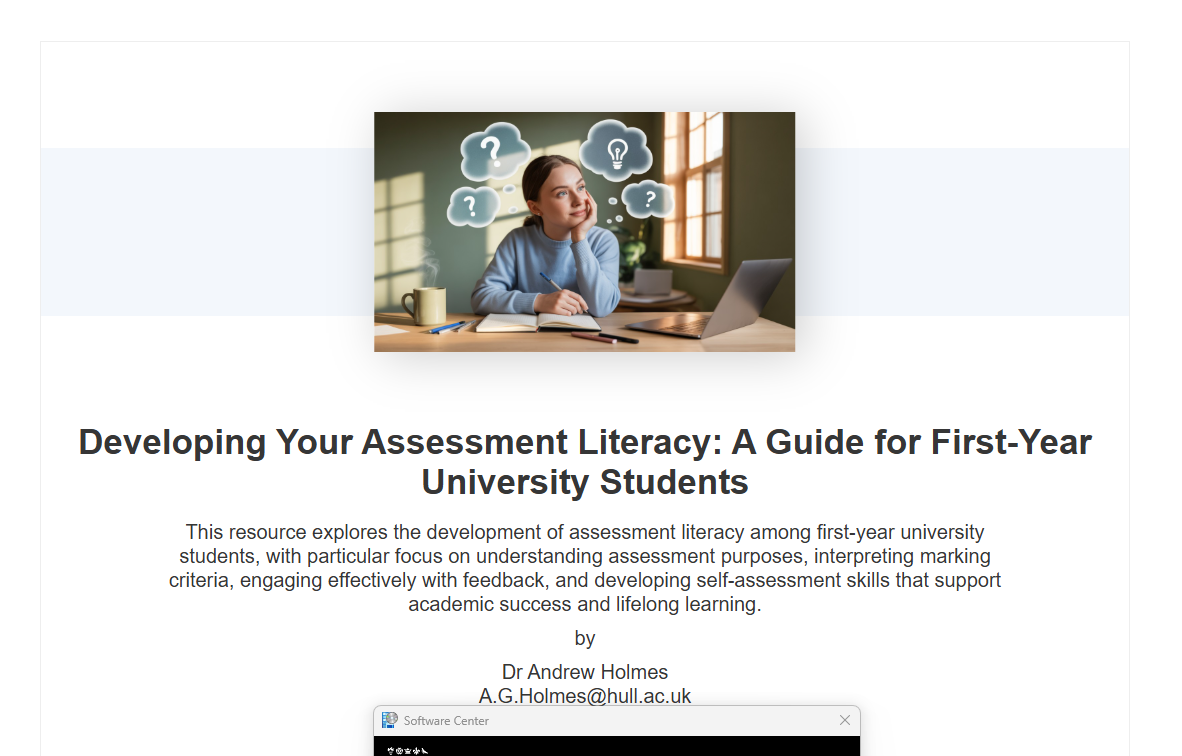The challenges
- How to develop assessment rubrics for all modules an Education programme?
- Many staff had experience of using rubrics for marking but not of developing them.
- Some staff concerned about ‘getting it wrong’, particularly in respect of the weighting of rubrics.
- Time limitations.
- Some concerned that rubrics were too restrictive and removed ‘academic judgment’
Decisions made
- Member of staff with experience of developing rubrics prepared and delivered a workshop for staff.
- Copy of this is available at Rubrics What, Why and How. Session for Education staff June 2025 NEW.pptx
- Specific sessions facilitated by TEA staff made available for lecturers to work together to develop rubrics.
- Staff encouraged to use generative AI, copilot or GPT.
- Member of staff would review each rubric produced and give constructive/critical feedback about what they could do to improve it.
- We would develop unweighted rubrics *
What did the training session cover?
- Why should staff use rubrics?
- helps address and remove hidden curriculum issues
- helps address and remove subjectivity and bias in marking
- helped standardize inter and intra marker grade reliability
- help standardize feedback provision amongst markers
- help students better understand what they are assessed against, and what they need to do to achieve – assessment literacy
- potentially reduces complaints from students about unfair marking from one marker in a marking team
- potentially improve NSS score really question about student’s perceptions of fairness in assessment
Generative AI and rubrics
- Some staff used chat GPT and prompts that had been developed by a colleague, some staff used used Microsoft Copilot.
- A standard grid template layout was developed for the rubrics.
- Generative AI considerably speeded up the process in producing unweighted rubrics, yet it was not perfect.
Problems with using generative AI
- Many of the rubrics still contained a lot of subjective terminology, for example: excellent, good, a good-range, high-standard, a good-response, a creative piece, a sophisticated piece, and so on. These therefore did not address the hidden curriculum issues, inter-marker subjectivity, nor would students really know what was required.
- Many of the rubrics were indicating allocating high grades (i.e. first class) for work it described as ‘basic’ or, ‘adequate’ or ‘beginning to…’ . AI produced descriptors that would normally be more appropriate for work in the 40s or 50s for work in the first-class category.
- Some were not clearly aligned with the competences they were assessing.
Further recommendations
- Test out completed rubrics with the markers people who will be using them (both staff and students).
- Are they clear?
- Do people understand what they mean?
- Has subjectivity been reduced/removed?

